Radiator issues can be a major headache for any car owner. Here’s a breakdown of the six most common culprits behind radiator failure, each described in detail to help you understand and prevent potential problems.
1. Corrosion: The Silent Destroyer
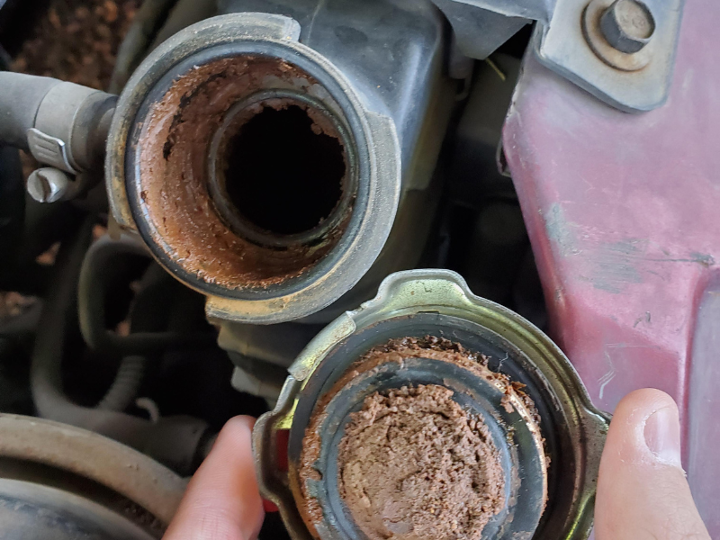
Over time, the metal inside your radiator can begin to corrode, especially when it's exposed to certain types of coolant or if the coolant isn't changed frequently enough. Corrosion can create rust, which eats away at the radiator, leading to leaks or blockages. These issues can severely limit the radiator's ability to cool your engine, resulting in overheating and potentially expensive repairs.
2. Leaks: The Hidden Enemy
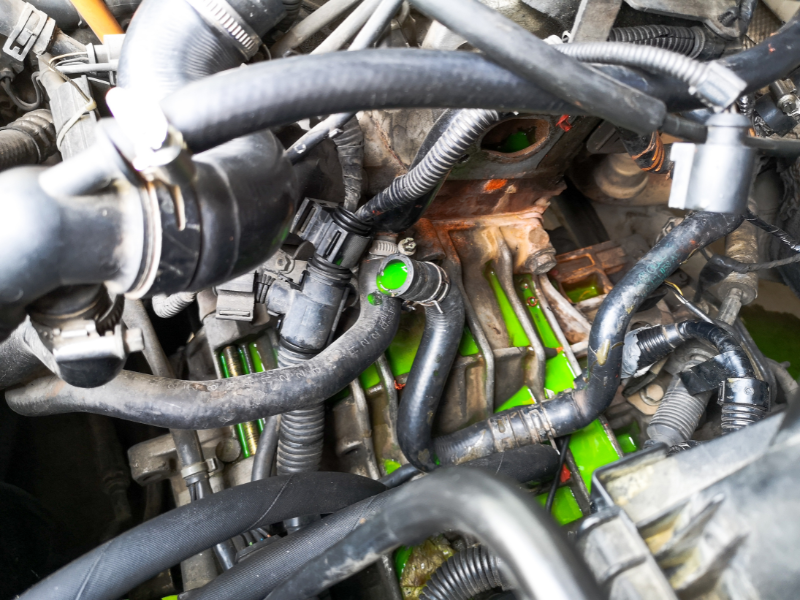
Leaks are the most visible sign of radiator trouble. They usually stem from cracks or holes in the radiator itself. When coolant leaks out, the level in your car drops, and without enough coolant, your engine's temperature can skyrocket. Overheating due to a leaky radiator is a common cause of breakdowns on the road and can lead to significant engine damage if not addressed quickly.
3. Clogs: The Silent Blockers
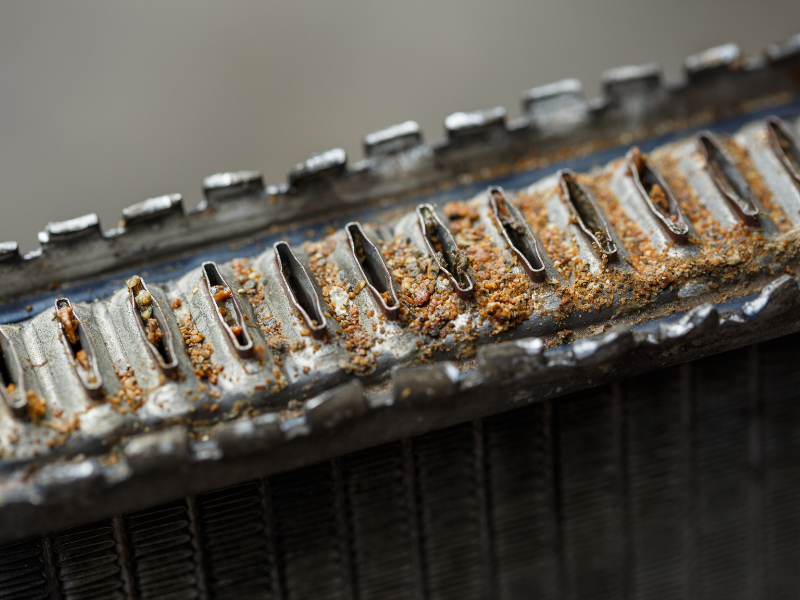
Your radiator's job is to keep coolant flowing through the engine, but over time, it can get clogged with mineral deposits, sludge, and debris. This blockage hinders the flow of coolant, similar to how a clogged artery affects blood flow. When this happens, your engine can't maintain its optimal temperature, which may cause it to overheat. Regularly flushing your radiator can help prevent these clogs and keep your cooling system running efficiently.
4. Faulty Thermostat: The Misleading Gauge
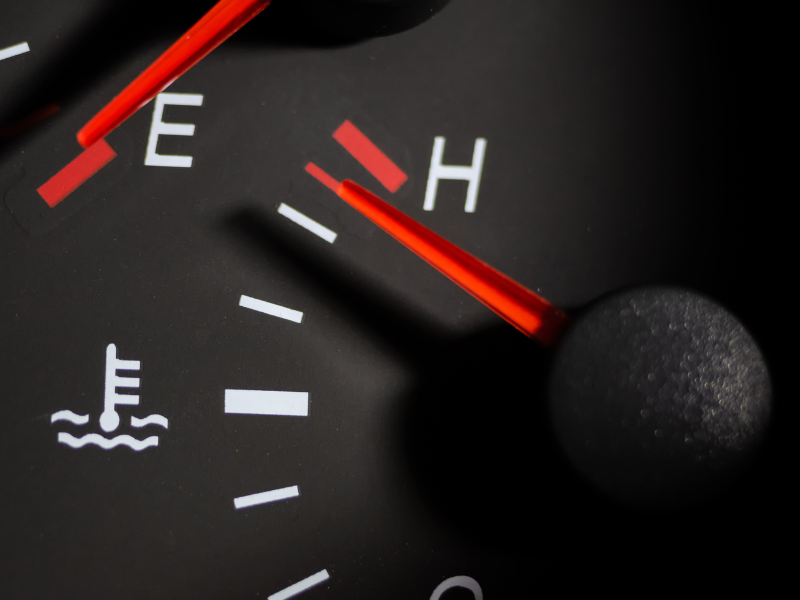
A thermostat in good working order is essential for regulating your vehicle's cooling system. When it fails, it can either cause your engine to run too hot or too cold. This failure can lead to a variety of issues, including inefficient fuel usage and increased wear on engine components. Frequently, a faulty thermostat will manifest as an erratic reading on your vehicle's temperature gauge, a clear sign that it's time for a check-up.
5. Coolant Contamination: The Unseen Culprit
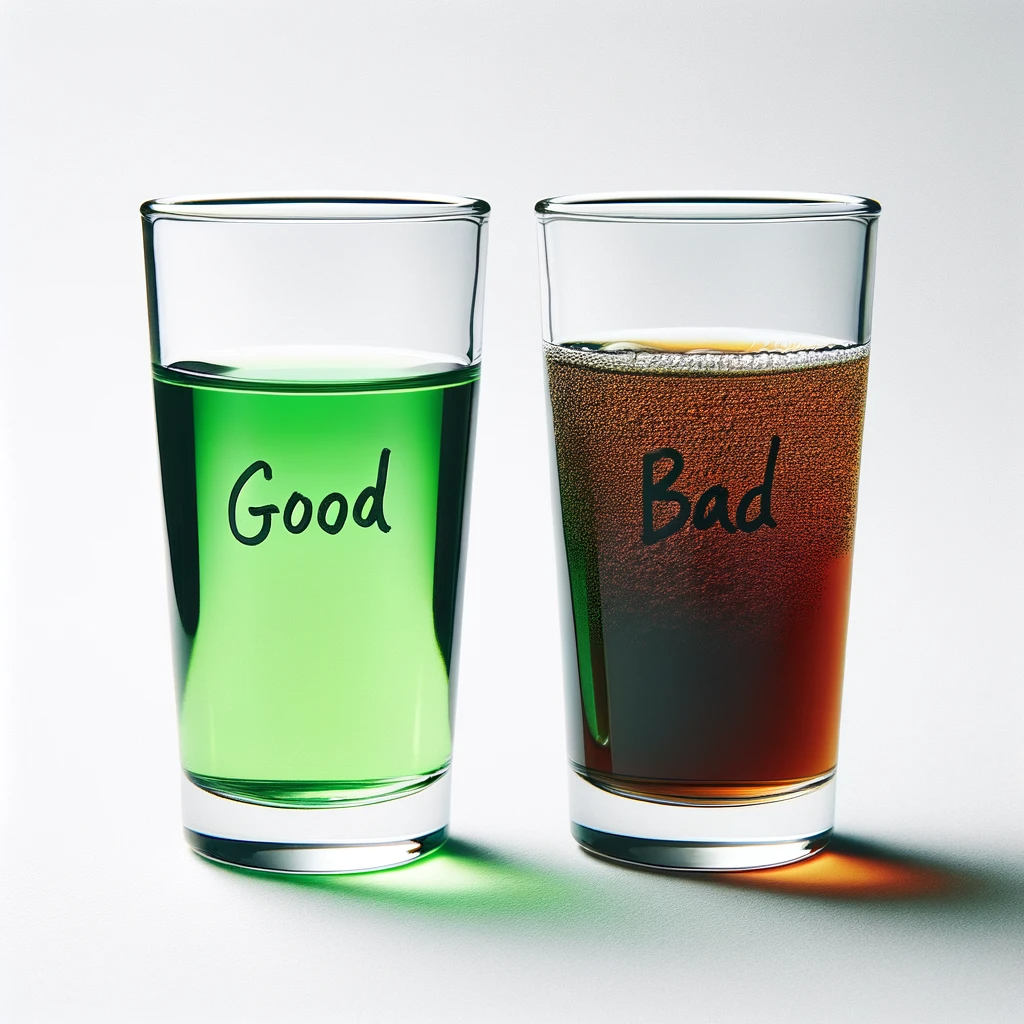
The health of your radiator depends heavily on the quality of your coolant. Contamination, which can occur from oil, transmission fluid, or just the breakdown of the coolant itself over time, can lead to a myriad of problems. Contaminated coolant can form acids that eat away at the radiator, causing corrosion, or it can create a sludge that clogs the cooling system, preventing proper heat exchange and leading to overheating.
6. Wear and Tear: The Inevitable Aging
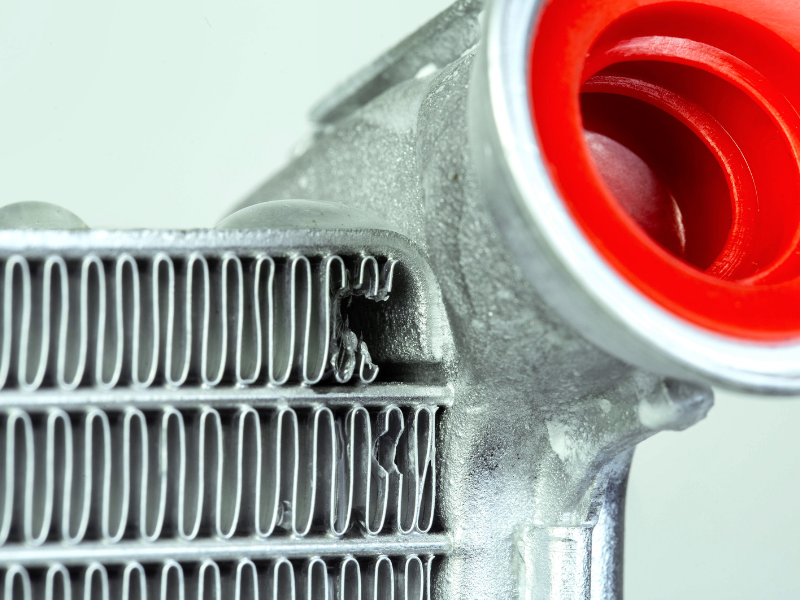
As with any part of your car, the radiator is subject to wear and tear. Over time, the components of the radiator can degrade, becoming less effective at dissipating heat. This natural decline can be accelerated by factors like frequent temperature changes, poor maintenance, and the use of improper coolants. Regular inspections can catch these issues early, prolonging the life of your radiator and, by extension, your engine.
By understanding these common causes of radiator failure, you're better equipped to maintain your vehicle's cooling system and prevent inconvenient breakdowns. Remember to schedule regular maintenance checks and address any issues as soon as they arise to keep your car running cool and smooth.
